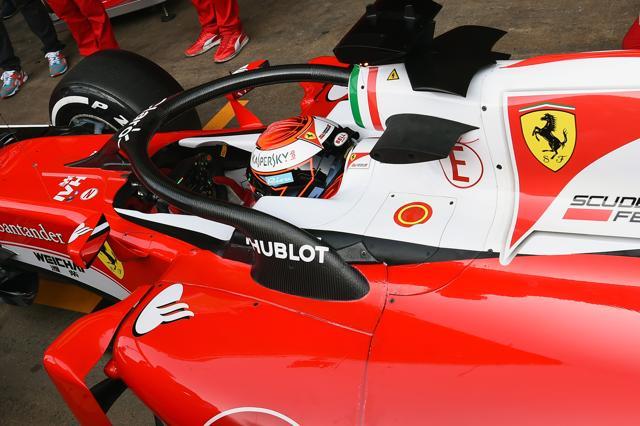Boring, predictable F1 gets shakeup with more races, rule changes
With a record 21 races - the first this Sunday in Australia - 2016 will be a make-or-break year for a sport struggling to keep its niche fanbase intact - let alone attract eyeballs
“I wouldn’t spend my money to take my family to watch a race.”

You know something’s not right when the man running the show wouldn’t buy a ticket. Dissatisfied by the product which has become ‘boring and predictable’ Formula One chief Bernie Ecclestone has responded the way only he (and the powers that be in the crazy world of motorsports) can -- by making the season longer.
With a record 21 races - the first this Sunday in Australia - 2016 will be a make-or-break year for a sport struggling to keep its niche fanbase intact - let alone attract eyeballs. Hoping that the longest season doesn’t become the most drab, organisers have announced a spate of changes.
Making some noise
Since shifting to V6 turbo hybrids in 2014, Formula One has faced complaints over the engines’ noise – or lack thereof. While the energy-efficient engines were introduced to harvest (and redeploy) heat from the exhaust and brakes, the resulting shift from high-pitched roars to guttural exhaust notes was akin to a heavy metal band going soft. (Think ‘Changes’ on Black Sabbath’s Volume 4, only less enjoyable.)
For this season, the organisers seem to have hit the right note. Changes to the exhaust systems — with additional tailpipes — meaning the engines will produce more noise.
“It is still not as loud as it could or should be but it is a lot better than it was, now sounds a bit more like Formula 1,” said Sebastian Vettel, Ferrari driver and four-time world champion.
Safety paramount
The death of Jules Bianchi last year reignited the debate around cockpit protection and spurred the organisers into action. According to Formula1.com, each car will be fitted with a camera and the driver will wear in-ear accelerometers for accident analysis and the virtual safety car may be used in practice sessions as well as races in order to reduce stoppage times. The head protection structures on the side of the cockpit are now 20mm higher than before and able to resist a compression load of 50N per 30 seconds.
The manufacturers are also developing cockpit safety measures on their own. While Ferrari have already tested a reinforced carbon-fibre halo loop to deflect debris, Red Bull is working on a jet fighter-esque acrylic canopy.

“Please no! This is the worst looking mod in Formula 1 history. I appreciate the quest for safety but this is Formula 1, and the way it is now is perfectly fine,” said Lewis Hamilton, Mercedes driver and reigning world champion.
Shaking up the order
The most interesting changes however are the ones which threaten to disrupt the status quo. In an order to make the qualifying sessions more unpredictable (and to throw a spanner in Mercedes’ wheels) the sport has resorted to the “musical chairs” system which will see cars get eliminated every 90 seconds. The change reduces the margin of error for the top drivers, who can no longer get away with a lap each in first two sessions.
“The new format seems stupid,” said Niki Lauda, Mercedes chairman and former world champion
Cutting the chatter
Furthermore, in a bid to clampdown on the radio coaching, the FIA has decided to restrict the pit-to-driver transmissions between the one-minute signal and race-start signal. While McLaren’s Jenson Button has said “policing (the radio transmissions) is pretty much impossible,“ Hamilton believes the ban “is probably a good thing and you’ll see it evolve over the races.”
“Last year we said (the teams) couldn’t give (the drivers) any coaching, which was ‘don’t cut this kerb’, ‘try and take a slightly different line through that corner’. Now we’ve gone one step further because we think the driver should be driving the car alone and shouldn’t have as much help from the engineers,” said Charlie Whiting, Formula 1 race director.





